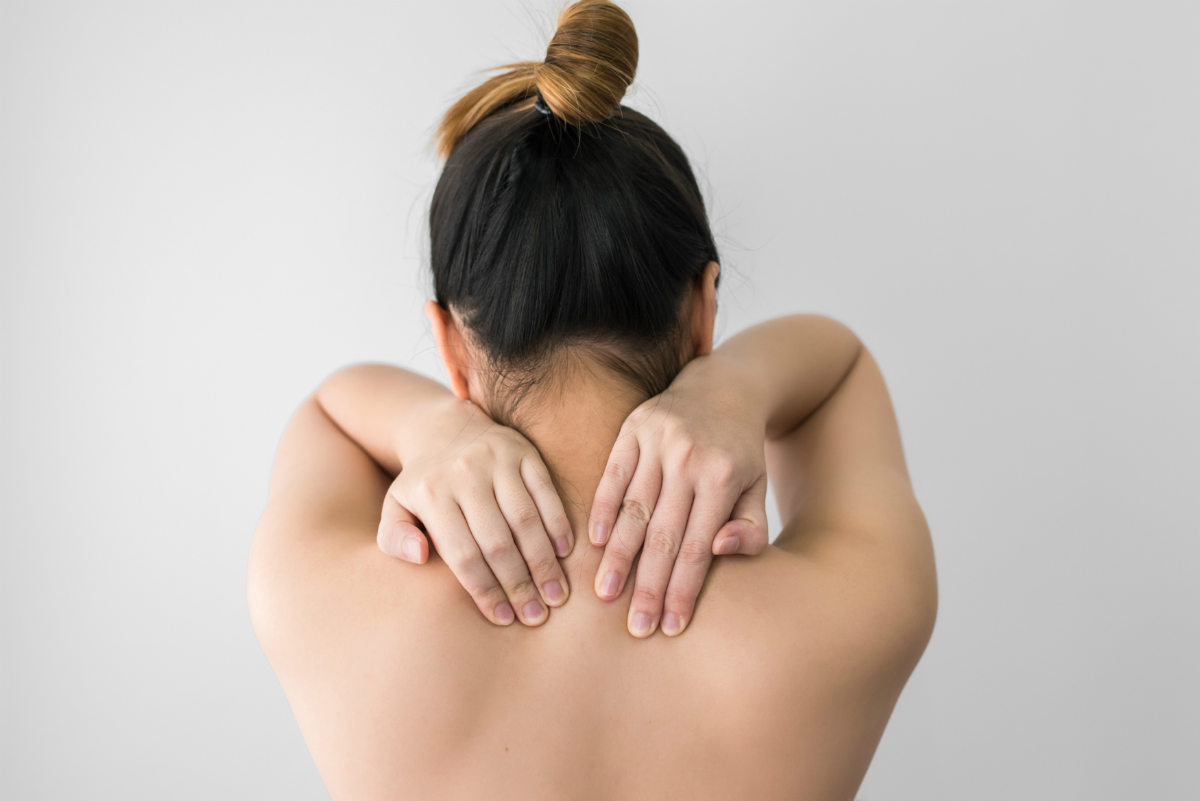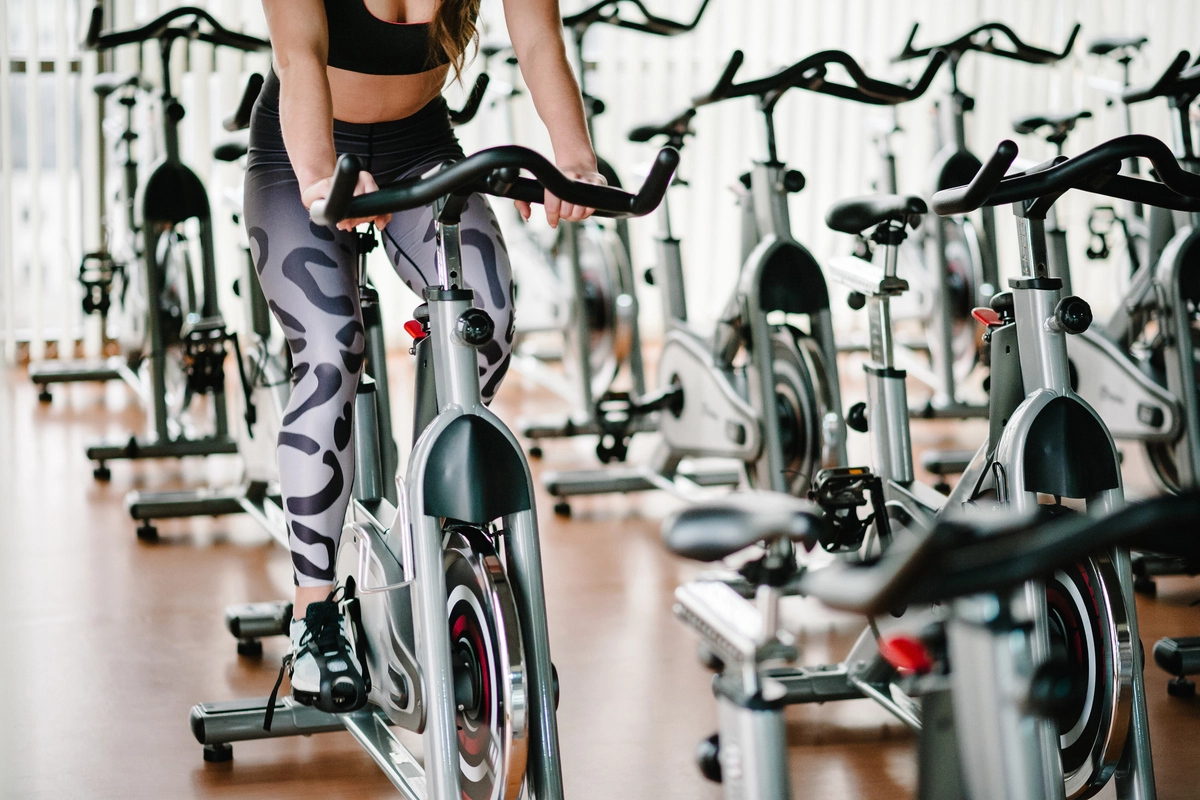If you’re pushing yourself during your workouts, chances are you’re going to wake up the morning after feeling at least slightly sore. And then there are those workouts that just completely kick your butt. You know, the ones where you spend the entire duration of class squatting, jumping and running your little heart out. The ones that leave you struggling to lower your behind into your office chair—or more importantly, onto the toilet the following day.
We put our bodies through a lot during our workouts. But, how can we tell the difference between sore muscles and pulled muscles? Sometimes, it can be a tough call. But if you keep working out on a pulled muscle, it could mean the risk of damaging it further.
To identify the signs that your muscle is pulled and not just sore, we spoke to a few physical therapists to teach us how to spot the difference and the best course of action as far as treatment goes. Read on for everything you need to know about pulling a muscle.
How to tell if you pulled a muscle
Experts agree that the number-one sign that you’ve pulled a muscle is experiencing a sharp pain right after an activity where you’ve done a sudden movement that feels “wrong.” However, muscle pulls can manifest themselves differently case by case.
What does a pulled muscle feel like?
A pulled muscle can often feel like a sharp pain or tearing feeling in the muscle or joint.
David Patane, movement and exercise specialist and owner of Physique, says that in addition to this feeling, there are many other pulled muscle symptoms. “If you’re experiencing tenderness in that local area, or the inability to effectively use the joint or action muscle it’s connected to, these are also signs to look out for,” he explains. “If you massage the area lightly, can you feel a ‘knot?’ Does the skin feel warm where the pull is? These are other indicators.”
What happens when you pull a muscle?
“A muscle pull typically occurs when you overstretch a muscle, when you try to do a quick movement that the muscle isn’t ready for, or when lifting a heavy weight,” Jesse Lewis, physical therapist, CSCS, explains. So if the pain you’re feeling happens right after you did something too quickly in one of your classes, it’s likely that what you’re experiencing is a pull, not just a muscle ache.
Patane says that while any muscle can be strained, the most common ones tend to be the hamstrings, calves, hip flexors, lower back and neck muscles. So if you’re experiencing pain in these areas and the signs match up, you’ve likely pulled something.
Can you pull a muscle in your chest?
Yes, you can pull a muscle in your chest. If you pull a muscle in your chest, cease exercise immediately, start resting and icing the pulled chest muscle. Contact your doctor is the pain persists.
How to treat a pulled muscle
We get it—you don’t want to put your workout routine on hold. But if you’re experiencing all of the above signs that you’ve pulled something, and you’re in pain every time you move said muscle, Lewis says your best course of recovery is to rest up. “The most important treatment for acute muscle strain is rest,” he explains. “Continuing to stress a pulled muscle could result in further damage to muscle and a much longer healing time. Icing can be very beneficial immediately after the injury and for two to three days after to limit swelling. A compression wrap can also be useful to help with pain.
Should you stretch a strained or pulled muscle?
Like we mentioned above, the best thing to do for your pulled muscle is to rest it. Physical Therapist Lewis says “You would want to avoid stretching the muscle for a few days to allow the acute injury to begin to heal. Once the acute pain has decreased, you can begin with gentle stretching before working on strengthening.”
When should you seek professional help?
“If you are in unrelenting pain or can’t use the affected area—for example, walking on a strained calf or lifting a strained shoulder—see a doctor, preferably a sports medicine doctor, orthopedist, or physical therapist,” Patane says. “Also, if you’re experiencing swelling, redness or very hot skin in that area, usually it’s a sign that something is wrong.”
But even if the symptoms aren’t severe, Patane advises getting it checked out by someone who can give you insight. “Get it looked at by someone who knows about the issue and will be able to tell you more about the problem,” he says. “A specific issue requires a specific remedy. One common reason is that the pulled muscle’s ‘synergist,’ or muscle that assists a prime muscle in functional movement patterns, has become inhibited, causing overload to it’s counterpart. The key is finding the culprit. Often, things are less an issue than they seem, and often people come in with something that is alleviated by time the session is over.”





